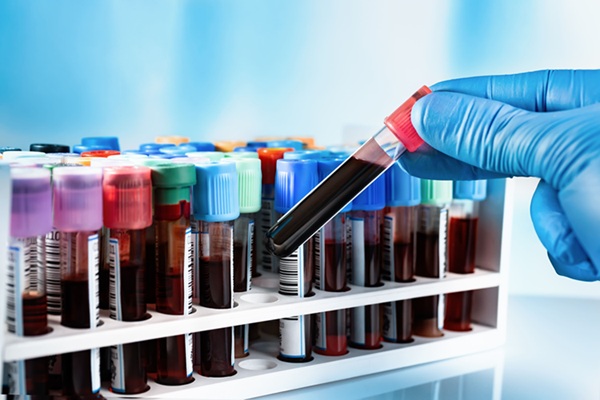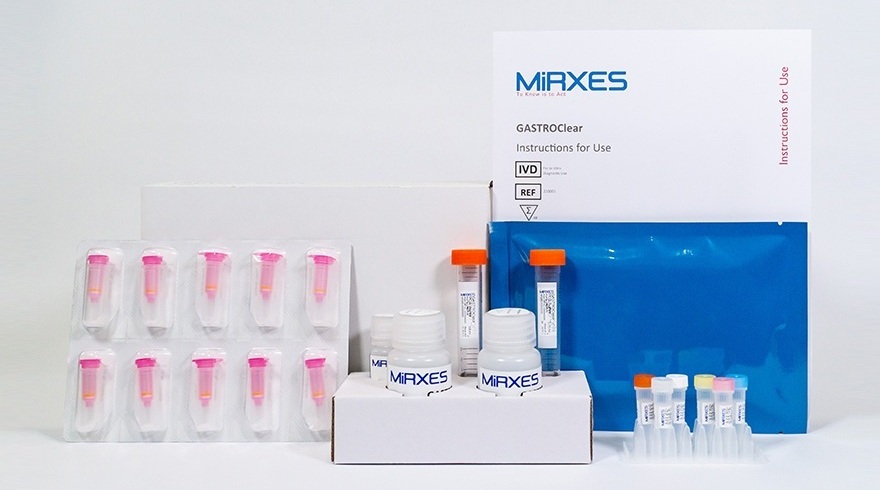RNA-Based Blood Test Detects Preeclampsia Risk Months Before Symptoms
Posted on 11 Apr 2025
Preeclampsia remains a major cause of maternal morbidity and mortality, as well as preterm births. Despite current guidelines that aim to identify pregnant women at increased risk of preeclampsia using general maternal characteristics, the incidence of the disease has nearly doubled over the last decade, now affecting 1 in 12 pregnancies. Currently, fewer than 50% of high-risk patients adhere to recommended interventions, such as daily aspirin, even though these have been shown to be beneficial. Once a patient shows symptoms, the situation becomes urgent as efforts focus on delivering the baby safely without compromising the mother’s health. Thus, there is an increasing need for better tools to pinpoint those patients at truly high risk. A breakthrough study recently published in Nature Communications has shed new light on the biological understanding of hypertensive disorders of pregnancy (HDP), including preeclampsia.
The study, which analyzed data from over 9,000 pregnancies in the multi-center Miracle of Life prospective study sponsored by Mirvie (South San Francisco, CA, USA), discovered and validated RNA signatures that could distinguish between severe and mild hypertensive disorders, including preeclampsia, months before symptoms arise. The findings also confirm the predictive capability of Mirvie’s simple blood test for identifying preeclampsia early, between 17.5 and 22 weeks of gestation, in pregnancies that do not have any pre-existing high-risk conditions. The test uses RNA signatures to resolve any ambiguity in determining whether a pregnancy is truly at high risk, thereby allowing healthcare providers to focus on the 1 in 4 pregnancies that require heightened attention. The results of this study show that relying on molecular signals from the underlying biology is a more accurate method for identifying high or low risk for preeclampsia.

Validation results from the study reveal that the blood test can identify 91% of pregnancies that will develop preterm preeclampsia in women over the age of 35, without pre-existing high-risk conditions, months before symptoms appear. Furthermore, those who receive a low-risk result have a 99.7% likelihood of not developing preterm preeclampsia. These new insights contribute to the growing body of evidence supporting the use of Mirvie's RNA platform for predicting pregnancy complications well in advance. This clinically validated blood test, branded as Encompass, will soon be widely available. By offering a simple blood test during the early second trimester, healthcare providers and expectant mothers can implement evidence-based prevention strategies months before symptoms manifest, ultimately improving the chances of a full-term pregnancy and a healthy delivery.
“Current guidelines are not helping us identify which patients are truly at high risk and we need better tools,” said Dr. Kara Rood, a maternal-fetal medicine physician, one of the principal investigators of the study, and Clinical Associate Professor of Obstetrics and Gynecology at The Ohio State University Wexner Medical Center. “Mirvie’s preeclampsia risk prediction test can now improve risk assessment, helping women and their care teams be informed and take actions with the potential to delay onset or prevent the disease.”
“Importantly, these results demonstrate for the first time the unique molecular signatures that distinguish between severe and mild hypertensive disorders of pregnancy, giving us confidence in a much more precise and personalized approach for at-risk pregnancies,” added Dr. Thomas McElrath, vice president of clinical development at Mirvie and a maternal-fetal medicine physician at Brigham and Women’s Hospital.
Related Links:
Mirvie




 assay.jpg)



 (3) (1).png)





